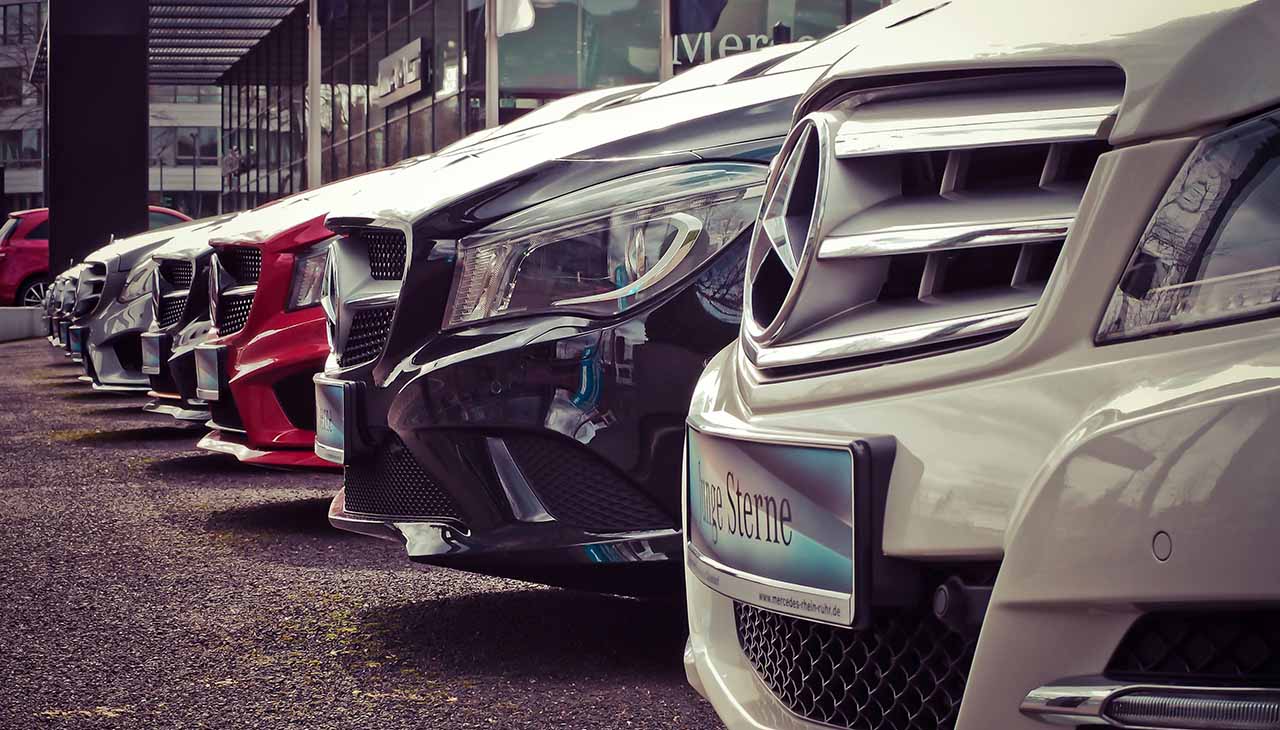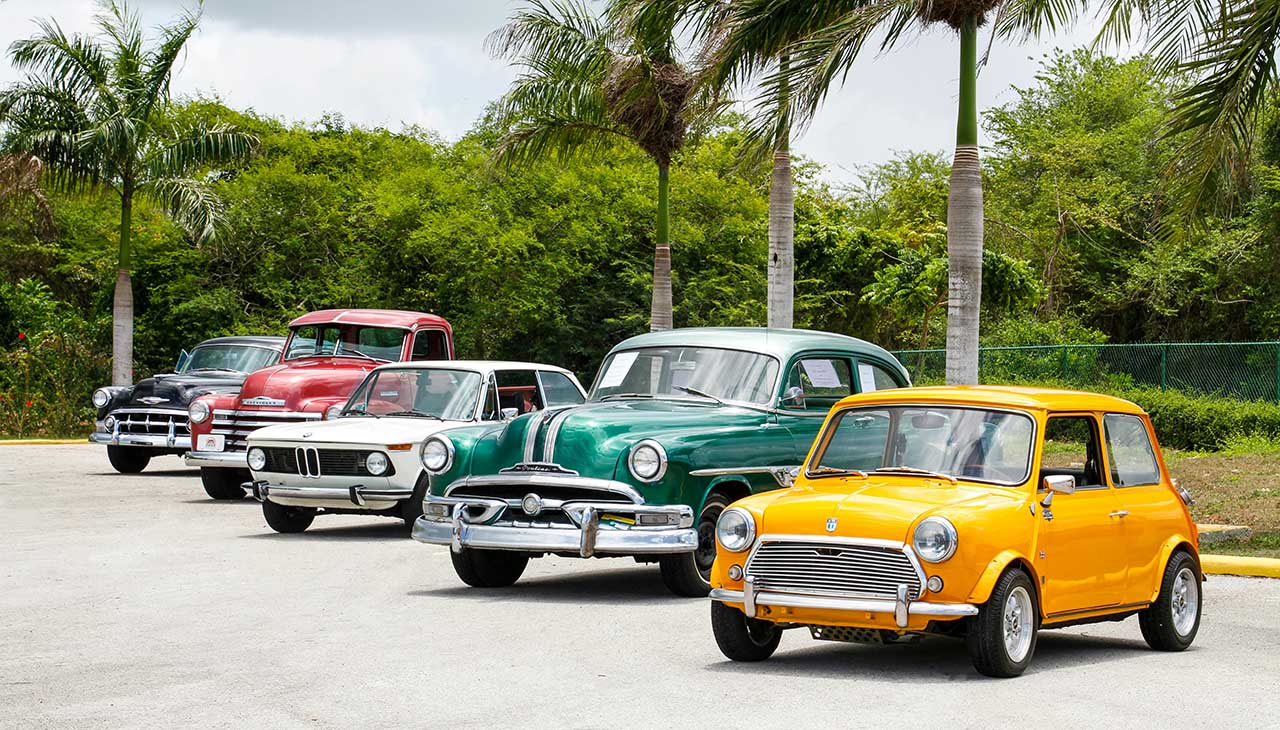A Passion for the Classics
Classic car shows offer more than just a chance to display beautifully restored vehicles; they are a celebration of automotive history and craftsmanship. These events bring together enthusiasts who share a passion for vintage rides, creating a community that appreciates the art of classic car restoration and preservation. Whether you’re a seasoned collector or a newcomer to the classic car world, preparing your vehicle for a show can be an exhilarating and rewarding experience.
The Importance of Preparation
Presentation is everything at a classic car show. The more meticulous your preparation, the better your car will stand out among the competition. Beyond aesthetics, a well-prepared car reflects your dedication and respect for automotive history. From the engine’s performance to the gleam of the paint, every detail counts. Proper preparation ensures your car not only looks amazing but functions flawlessly on the day of the show.
Pre-Show Maintenance Checklist
Engine Checks
Before heading to a show, give your engine the attention it deserves. Start by checking the oil level and quality, ensuring it’s clean and at the right level. Inspect the air filter and replace it if necessary. Pay special attention to the battery; a fully charged and clean battery is crucial. Additionally, verify that all belts and hoses are in good condition, with no signs of wear or leaks.
Tire Inspection
Tires are often overlooked, but they play a significant role in your car’s appearance and safety. Inspect each tire for cracks, bulges, or uneven wear. Ensure they are properly inflated according to the manufacturer’s specifications. Don’t forget to look over the spare tire as well. Clean your tires and apply a tire conditioner to give them a fresh, new look.
Fluid Top-Ups
Fluids are the lifeblood of your classic car. Check and top up all essential fluids, including coolant, brake fluid, transmission fluid, and power steering fluid. Make sure there are no leaks and that all reservoirs are filled to the appropriate levels. This not only ensures optimal performance but also prevents any embarrassing fluid leaks at the show.
Professional Car Detailing
Exterior Detailing
A show-stopping shine starts with a thorough wash and wax. Use high-quality car wash soap and soft sponges to avoid scratching the paint. Once clean, apply a clay bar treatment to remove embedded contaminants. Finish with a high-quality wax or ceramic coating to protect the paint and give it a deep, glossy shine. Pay extra attention to chrome accents, polishing them to a mirror-like finish.
Interior Detailing
The interior of your classic car should be as immaculate as the exterior. Begin by vacuuming the carpets, seats, and crevices. Use appropriate cleaners for different surfaces, such as leather conditioners for seats and dashboard cleaners for plastic or vinyl parts. Don’t forget to clean the windows and mirrors inside and out. Add a subtle air freshener to create a pleasant environment for viewers.
Engine Bay Detailing
An often-overlooked area is the engine bay, which should be as spotless as the rest of the car. Start by covering sensitive components like the alternator and air intake. Use a degreaser to clean the engine and rinse it off carefully. Once dry, apply a rubber or plastic conditioner to hoses and other elements to give them a like-new appearance. Polishing metal parts can also add an extra touch of elegance.
Safe and Secure Transportation
Trailer Preparation
Transporting your classic car to a show safely is paramount. Choose a suitable trailer that’s designed to handle the weight and size of your vehicle. Inspect the trailer thoroughly, ensuring that the tires, brakes, and lights are in good working order. Secure the car using high-quality straps and wheel chocks to prevent any movement during transit.
Loading and Unloading Tips
Loading and unloading your car requires careful attention to avoid damage. Use a ramp with a gentle incline to minimize the risk of scraping the undercarriage. Have someone guide you as you drive the car onto the trailer. Once on, double-check that the car is centered and properly secured. Follow the same procedure in reverse when unloading at the show.
Insurance and Documentation
Before transporting your car, make sure it is adequately insured for transport. Carry all necessary documentation, including proof of insurance, registration, and any special permits required for the show. Having these documents handy ensures a smooth process in case of any issues during transit.
Displaying Your Classic Car
What to Bring
Packing the right items can make a significant difference in your display. Bring cleaning supplies for last-minute touch-ups, such as microfiber cloths, detail spray, and glass cleaner. Don’t forget a toolkit for any minor repairs that may arise. A canopy or umbrella can provide shade and protect your car from the elements.
Setting Up Your Display
The way you present your car can enhance its appeal. Use a backdrop or floor mat that complements your car’s color scheme. Display information about your car’s history and restoration process on a stand or board. Position your car at an angle to allow viewers to see its lines and curves better. Adding small touches like matching chairs and accessories can also create a cohesive look.
Engaging with Attendees
Engage with show attendees by sharing your car’s story and the effort behind its restoration. Answer questions and provide insights into your restoration process. Creating personal connections can enhance the appreciation and enjoyment of your car. Hand out business cards or flyers with information about your car and contact details for further networking.
Post-Show Aftercare
Immediate Cleaning
After the show, clean your car as soon as possible to remove any dust, dirt, or debris. Pay special attention to areas that may have been exposed to elements or touched by spectators. This prevents any potential damage from prolonged exposure to contaminants.
Proper Storage
Proper storage is crucial for maintaining your classic car’s condition. Store your car in a clean, dry, and climate-controlled environment. Use a high-quality car cover to protect it from dust and moisture. If storing for an extended period, consider using a trickle charger to maintain the battery and fuel stabilizer to keep the fuel system in good shape.
Regular Maintenance
Even after the show, regular maintenance is essential. Perform routine checks on the engine, fluids, and tires. Keep an eye out for any signs of wear or potential issues. Regularly start the car and take it for short drives to keep everything in working order. This ensures your classic car remains in top condition for future shows.
Celebrating Your Achievement
Participating in a classic car show is a significant achievement. Take pride in the hard work and dedication you’ve put into preparing your car. Enjoy the admiration and recognition from fellow enthusiasts and spectators. Participating in these events fosters a sense of accomplishment and community.
Your Turn
Now that you’ve learned how to prepare your classic car for a show, it’s time to put your knowledge into action. Share your tips and experiences in the comments section below. Whether you’re a seasoned pro or a first-time participant, your insights can help others in the classic car community.
By following these steps, you can ensure your classic car shines bright at the next show. Enjoy the process of preparation and the satisfaction of showcasing your meticulously restored vehicle. Happy showing!

